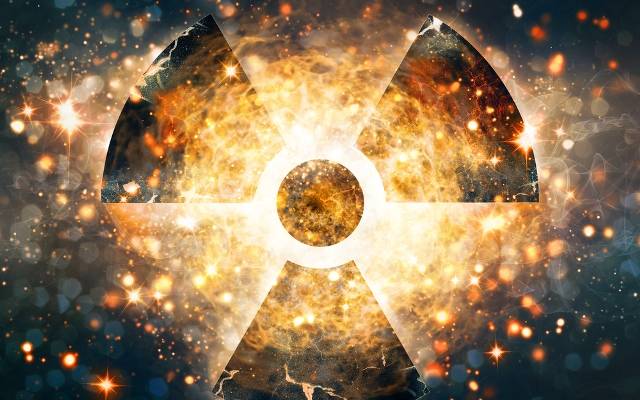The US has approved a large shipment of natural uranium to Iran. How will they use it?
Global powers, including the United States, have reached an agreement to provide Iran with nearly 130 tons of uranium—which experts believe would be enough to make 10 nuclear bombs.
Two diplomats involved with the deal told the Associated Press that the so-called P5+1 powers agreed to the transfer of Russian natural uranium in exchange for 44 tons of “heavy water” nuclear runoff, which Iran has already sent to Russia after it created more than was allowed under last year’s nuclear deal.
That shipment to Russia involved the second time that Iran exceeded its heavy water limit; it shipped excess heavy water to Oman last year.
David Albright and Andrea Stricker of the Institute for Science and International Security criticized Iran’s excess heavy water deals in a research paper published last month, pointing out that instead of insisting that Iran abide by the terms of the deal, “the United States tolerated and minimized Iran’s violations and sought to legitimize its international standing as a commercial supplier of heavy water.”
Albright told AP that “depending on the efficiency of the enrichment process and the design of the nuclear weapon,” Iran could create more than 10 atomic bombs with the uranium it will receive.
Too Many Concessions
AP noted that the latest side deal with Iran is expected to come under heavy criticism and perceived as “further evidence that Tehran is being given too many concessions.”
Diplomats who spoke to AP claimed that the uranium sent to Iran will be under “strict surveillance” by the International Atomic Energy Agency (IAEA) for 25 years. Iran has not stated what it will do with the uranium. It could store it or process it into low-enriched uranium to be sold as nuclear fuel. But the nuclear deal itself allows Iran to step up approved nuclear enrichment activities even before the 15-year deal expires.
In addition to Iran’s heavy water violations, the IAEA warned last month that Iran was likely to exceed its cap on low-enriched uranium if it continued producing it at current levels. That warning came just days after Iranian President Hassan Rouhani ordered his nuclear agency to draw up plans to develop nuclear-powered engines that would require uranium to be enriched to 20 percent (in violation of the terms of the deal, which only allows Iran to enrich up to to 3.67 percent).
The IAEA publicized documents last month that essentially showed that Iran could violate the deal without receiving penalties. Certain amounts of low-enriched uranium in Iran’s possession are considered “unrecoverable,” and therefore do not count against its cap. “If this whole thing rests on [Iran] promising not to build a facility that they’d probably only build in secret if they were going to actually break out, then this material probably should not be deemed non-recoverable,” Albright wrote.
When serving as Iran’s chief nuclear negotiator, Rouhani agreed to a temporary halt of uranium enrichment as part of the November 2004 Paris Agreement. But Iran backed out of the deal nine months later and began enriching uranium again. The following year, Rouhani boasted to a meeting of clerics that during the time that talks were ongoing in Paris, Iran was able to install equipment for converting yellowcake, a necessary step in enriching uranium.
By: The Tower
